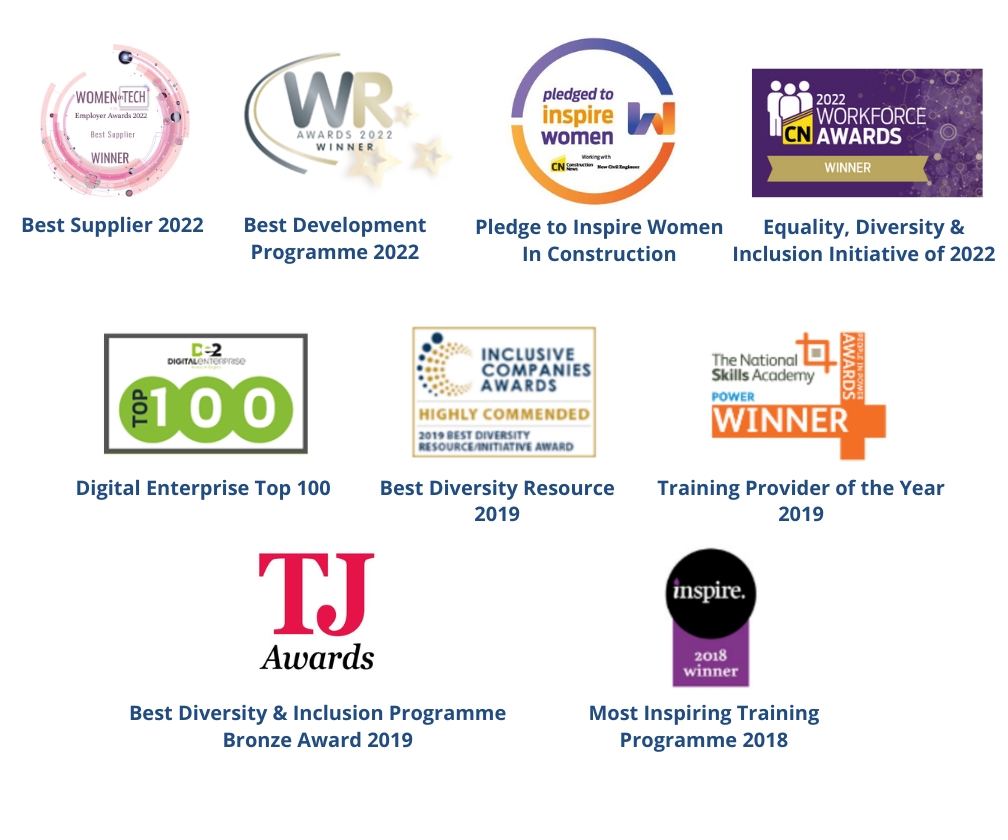The women leaving cite the following1 barriers and biases as their reasons for leaving:
This means key experienced talent is leaving the industry. Retaining this talent is vital in the face of creating a better future for our planet and its people.
Firstly, we need to understand the difference between equality and equity.
Equality means everyone is given the same opportunities and the same resources.
Equity recognises that everyone has different lived experiences and therefore they are given the resources and opportunities to allow them to reach an equal outcome2.
This is where leadership comes in, expectations need to be set that everyone’s lived experiences will be recognised, they’ll be treated equally, and their contributions valued. Everyone should be identified by what they bring to the team instead of their gender or heritage.
By being a leader, understand that you’re the gateway to getting people into your organisation by ensuring diversity, and most importantly understanding that diverse teams are a strength. It’s also the key to unlocking individual potential through development.
Another key aspect is mentoring. Read our blog on How Having a Mentor Can Help you Excel.
Create a psychologically safe space where people can tell their stories and share their experiences; but it doesn’t stop there. Engaging, listening, and acting is vital, doing one or two of these means organisations will take action based on no feedback or no data, or they’ll engage but won’t listen, or they’ll engage and listen, but won’t act.
It’s vitally important that organisations listen to their employees as they’re on the receiving end of policies, culture, and processes and therefore they are best placed to give that feedback. Then making commitments for cultural change is key, for example:
Understand that while training is a great place to start, learning is never done.
We’ve made small steps which will translate into giant leaps given time and dedicated effort from all. We can’t be complacent with our progress so far as there is still so much to be done with the bullet points above being some of those first steps.
There are huge benefits to diversity and constantly taking those steps means we’ll create a more equitable world.
Read our blog on why diversity is important.
Photo by Markus Spiske on Unsplash
The Workplace in Review: Gender – https://www.managers.org.uk/knowledge-and-insights/research-thought-leadership/blueprint-for-balance/#workplace-in-review
